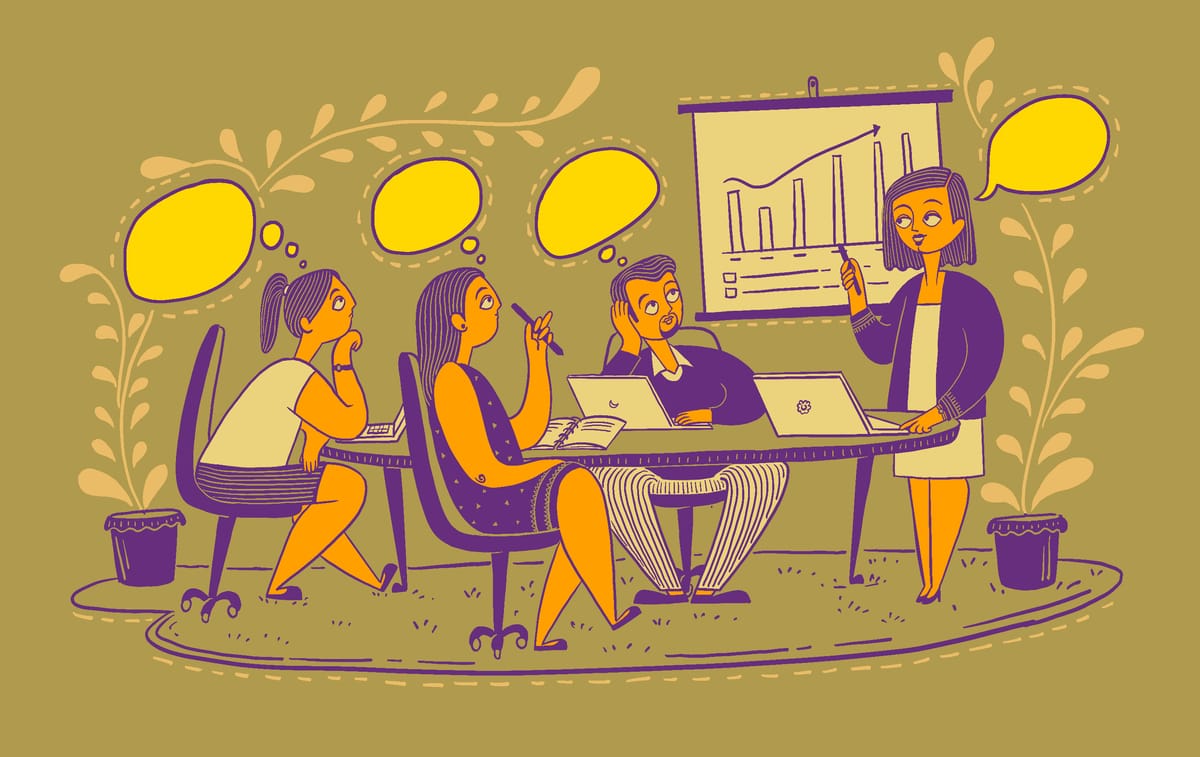Nurturing resilience: Building mental toughness in the workplace

Viktor Frankl, an Austria-based Psychiatrist, spent 3 years inside the concentration camp where he faced and witnessed a lot of trauma and torture. While his world came crumbling down around him, he found something to hold on to. He focused on what meaning could be made out of all that suffering around him. He used his observations and knowledge of psychiatry to help those around him who were suffering. He said that a person’s attitude can determine a lot for them. Viktor Frankl’s utmost positive and patient attitude during his tough years in the concentration camp, allowed him to come up with a therapy called ‘Logotherapy.’ This is one of the greatest examples of how resilience can help a person build themselves back from scratch.
Resilience is the ability to bounce back from adverse situations in life. It does not mean that one cannot feel hurt, dejected, or demotivated but it is more about when and how you take yourself out of it. In today’s fast-paced and ever-changing world, all of us are constantly surrounded by competition in every domain. Competition influences the way you perceive yourself and the situation around you. However, equipping yourself with resilience can help you shift your focus back on what is important and help you prioritize your progress over these distractions.
How can you develop resilience?
With more mindfulness and cognitive restructuring, anyone can build the resilience that they need. We will look at some important tools that you can use in developing a resilient mindset.
The attitude of gratitude
Gratitude is one of the most magical approaches. During adversities or challenges, it helps to focus on the positives or things that worked in your favor instead of focusing on what went wrong. This is different than toxic positivity because when you are looking out for things that you are grateful for, you are focusing on things that have happened for real and you are choosing to magnify them instead of magnifying any negative or unhelpful thoughts and actions.
For example, if you have an important presentation at work and you reach on time to the venue. You find out that you’re the only one here and it starts to make you a little anxious. You can choose to focus on what is ‘in your favor’ and you can use the time and space to calm yourself by talking to a loved one, doing a small breathing activity or you can also re-run through the slides and revise through the pointers.
Analyzing your circle of control
Imagine yourself in a circle. And now look at things that exist within the circle and that are out of the circle. The things inside the circle represent things you can control or change whereas things outside of the circle are the things that are beyond your control or influence. When you look at what is in your control and focus on optimizing it, it automatically helps in building a resilient mindset. By focusing on what you can control within your workspace, such as time management, task prioritization, delegation, communication, and stress management, you as an Employee or a Manager can enhance your productivity and effectiveness in your role.
Grounding yourself
Sudden obstacles can make one feel overwhelmed, scared, and anxious. Heightened emotional states often make it difficult to deal effectively with the problems at hand can sometimes also cause trouble. Therefore making sure that you are grounded well can help you be more equipped to handle the situation better. Grounding techniques are coping mechanisms to handle your emotions better by bringing yourself back into the present moment.
Positive affirmations: Repeating affirming statements can shift focus from negative thoughts to more positive ones and boost confidence.
Square breathing: Inhale for 4 seconds, hold for 4 seconds, exhale for 4 seconds, hold for 4 seconds; repeat to regulate breathing and calm the mind.
5-4-3-2-1 Technique – This exercise uses all 5 of your senses to bring you back to the present. Acknowledge 5 things you can SEE, 4 things you can TOUCH, 3 things you can HEAR, 2 things you can SMELL, and 1 thing you can TASTE. It brings awareness to your surroundings and reduces anxiety.
Seek professional help
Talking to a professional can be a great navigator who can signal you to the right path and offer you the required emotional support. There are many other helpful tools like Affirmations, access to Counselling Sessions, Journaling prompts, and many more at Manahverse, an AI-enabled program offered by Manah Wellness.
FAQs:
- Can resilience be learned?
Certainly, resilience is an ability that can be learned and nurtured by anyone and at any time. Resilience can be built by identifying negative thought patterns, and behaviors that keep them going and by working on emotional management.
- How can resilience help me in my daily life?
It helps by optimizing your emotional energy usage for things that are important and helps discard unnecessary clutter in your mind. It also helps when you are adapting to new situations in life.
- How can I improve my resilience and patience at work?
The first step towards any progress is to identify loopholes. Try to identify areas where you can benefit from improved resilience and patience—practice the above-mentioned strategies to work on building a resilient mindset.



